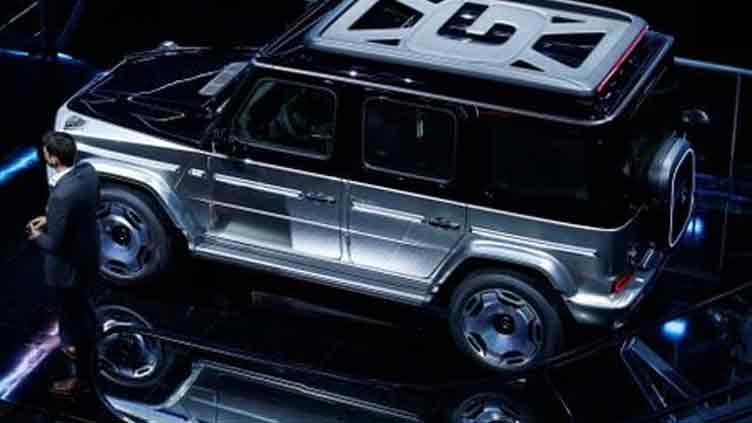New silicon anodes could help EV batteries go farther, charge faster

Technology
Group14 Technologies and Sila Nanotechnologies are focused on new applications for silicon
(Reuters) - A new generation of electric vehicle (EV) batteries that hold more energy, achieve longer driving range and charge more quickly should begin reaching customers by mid-decade, powered by new silicon-based electrodes that are slated to go into production next year in central Washington state.
Two startup companies, Group14 Technologies and Sila Nanotechnologies, are focused on new applications for silicon, an abundant element that is being developed as a supplement or replacement for graphite in battery anodes.
Seven-year-old Group14 said on Tuesday that it has begun constructing a commercial-grade facility in Moses Lake for its SCC55 silicon-carbon powder.
When the plant opens in 2024, it will have initial capacity to produce enough anode material for up to 200,000 EVs, with plans to triple capacity to meet still-growing demand.
Group14’s first automotive customer is Porsche (PSHG_p.DE), one of several corporate investors along with TDK's (6762.T) Amperex Technology Limited (ATL), BASF (BASFn.DE) and SK Inc (034730.KS). The company so far has raised $650 million.
Group14’s joint-venture plant in Korea with battery maker SK is scheduled to open this year, according to Rick Luebbe, CEO and co-founder.
Twelve-year-old Sila Nano plans to begin production of its Titan Silicon nano-composite anode material next year at a facility in Moses Lake, according to Gene Berdichevsky, CEO and co-founder.
Mercedes-Benz (MBGn.DE) is scheduled to be the first automotive customer in 2025, starting with its EQG electric SUV. Sila has raised more than $900 million, with Mercedes, ATL and Siemens (SIEGn.DE) among its corporate investors.
Strong demand for silicon-rich anodes means “we’re under pressure to go faster and bigger,” Luebbe said. Even with the plants in Korea and Washington coming online, “We have more demand than we can support.”
Still, “it’ll take more than 10 years” for silicon to replace graphite as the main ingredient in anodes, Berdichevsky said.


